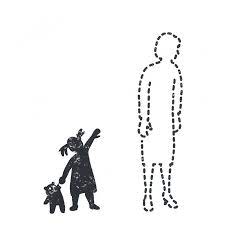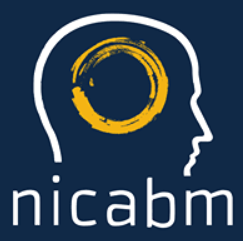(This course is available for immediate delivery) The specific feeling state that’s one of the most powerful predictors of post-traumatic growth (and how to promote it)
NICABM – Practical Strategies to Foster Post-Traumatic Growth

How to Help Clients Engage with the Pain of Trauma to Foster Growth
Steven Hayes, PhD Ron Siegel, PsyD
Kelly McGonigal, PhD Rick Hanson, PhD
- The critical connection to pain that lays the groundwork for change
- The one factor that blocks the pivotal transition from trauma to growth
- The 4-stage process that helps clients find meaning from their pain
- The “gut check” that reframes trauma and fosters growth
The Neurobiology of Post-Traumatic Growth
Stephen Porges, PhD Pat Ogden, PhD
Joan Borysenko, PhD Kelly McGonigal, PhD
- How the body’s neurobiological response to trauma can trap clients in self-blame
- The two vital functions that get powerfully inhibited during the body’s freeze response
- Why a client’s state of arousal can affect the integration of unprocessed trauma (and how to work with it)
How to Reframe the Context of Trauma to Shift Clients Out of Self-Blame
Rick Hanson, PhD Kelly McGonigal, PhD Ron Siegel, PsyD
- What can go wrong when you help a client attach meaning to their trauma
- The crucial difference between justice and grievance and how this nuance can ignite change
- One liberating switch in perspective that can give clients agency in their future
The Critical Role of Connection in Post-Traumatic Growth
Sue Johnson, EdD Kelly McGonigal, PhD Joan Borysenko, Ph
- How to help clients without secure relationships move into post-traumatic growth
- How this one element of trauma recovery can help determine whether the client relapses
- The one particular kind of relationship that can have a deeply profound effect on fear and rage
- The specific feeling state that’s one of the most powerful predictors of post-traumatic growth (and how to promote it)
How to Promote Growth After Early Life Trauma
Marsha Linehan, PhD Ron Siegel, PsyD
Kelly McGonigal, PhD Rick Hanson, PhD
- How to help clients repair supportive family relationships broken by trauma
- The adaptive coping model that releases vengeance and helps clients regain their inner freedom
Get immediately download NICABM – Practical Strategies to Foster Post-Traumatic Growth
How to Help Clients Make Sense of a World Altered by Trauma
Shelly Harrell, PhD Kelly McGonigal, PhD Ron Siegel, PsyD
- One thing you should avoid in treatment so you don’t negatively impact a client’s sense of self
- How to help clients stop clinging to the self-states that are blocking growth (and a simple exercise that will help)
How Your Choice of Language Can Transform an Intervention (And Foster Growth)
Scott Miller, PhD Kelly McGonigal, PhD
Ron Siegel, PsyD Joan Borysenko, PhD
- The powerful non-reaction that can radically change the way a client sees themselves
- One game-changing mental checkpoint to use when responding to a client’s story
- Two words that can liberate a client from shame and vulnerability
One Crucial Way the Practitioner Can Ignite Accelerated Growth
Michael Yapko, PhD Ron Siegel, PsyD
- How to help clients stop using their past trauma to make future decisions
- How to work with the rumination that anchors clients to the past
- The specific skill set that can derail self-perpetuating patterns of trauma
Get immediately download NICABM – Practical Strategies to Foster Post-Traumatic Growth
Here’s What You’ll Get in NICABM – Practical Strategies to Foster Post-Traumatic Growth

Course Features
- Lectures 1
- Quizzes 0
- Duration 10 weeks
- Skill level All levels
- Language English
- Students 97
- Assessments Yes





